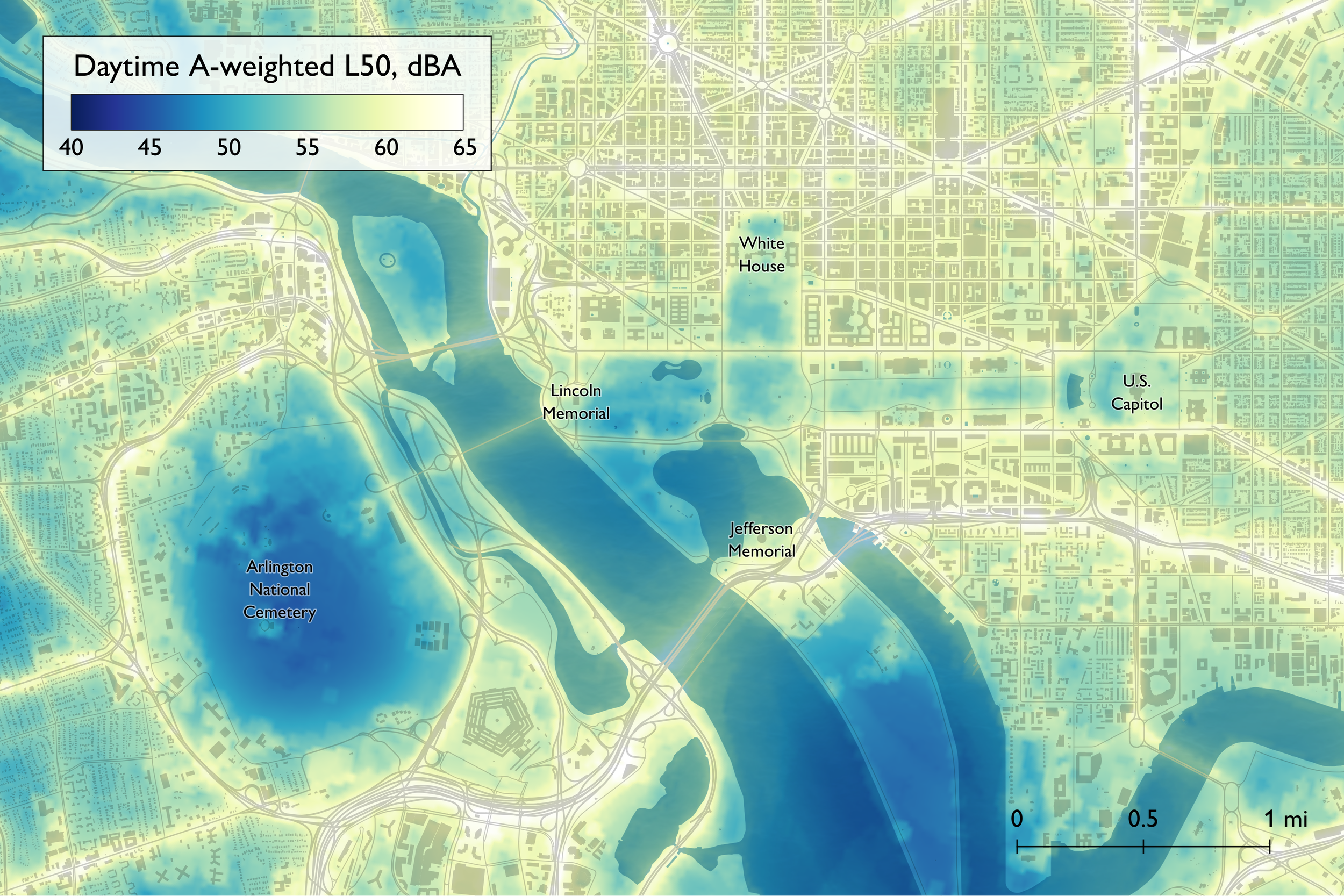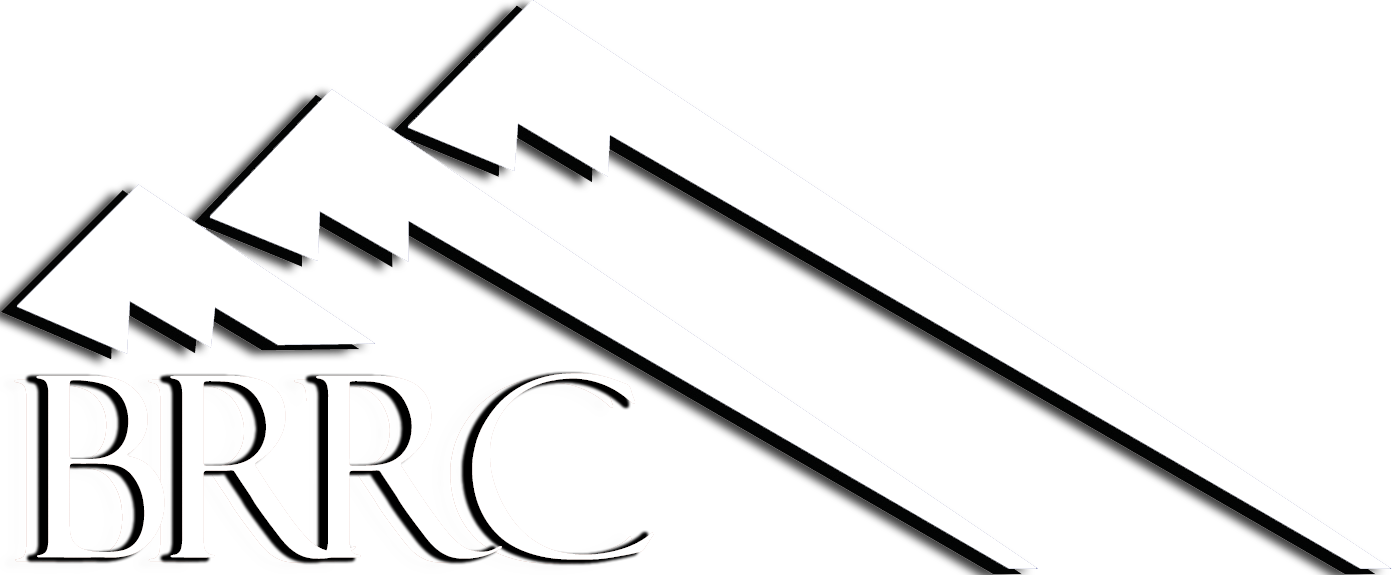
Full-Scale eVTOL Community Noise Measurements and Modeling
BRRC has partnered with The Pennsylvania State University to acquire research-quality acoustic measurements and to validate aeroacoustic models of Urban Air Mobility (UAM) vehicles under a NASA-funded Phase II STTR. Our team is currently expanding the capabilities of OpenCOPTER, a computationally efficient, state-of-the-art aeroacoustic model, to better predict rotor-rotor and rotor-airframe interactions. In partnership with Archer Aviation, our team will conduct acoustic measurements of Archer’s full-scale, multirotor UAM aircraft, Midnight. These flight tests will gather research-quality acoustic validation data at flight conditions expected to produce rotor-rotor and rotor-airframe interactions. This research will enable NASA and the Advanced Air Mobility industry to identify vehicle configurations and operations that drive community noise, expand our collective understanding of UAM noise, and accelerate the design cycle of UAM aircraft.

Ambient Soundscape Model
BRRC developed a machine learning model to predict the average ambient sound level anywhere on Earth. The model was trained to identify relationships between more than 1.5 million hours of ambient sound level measurements and environmental variables such as the population density, land cover, and climate. These environmental variables are used to predict the sound levels produced by humans, animals, water, and weather at locations where no measurements were taken. BRRC applied the machine learning model to create the first-ever global map of the median ambient sound level. Learn more…

UAS Acoustic Measurements
As part of an FAA led team, BRRC conducted noise measurements to characterize the noise emissions from Unmanned Aircraft Systems (UAS) during ground and airborne operations for the purposes of UAS noise analysis in support of 14 CRF Part 135. The team accomplished these measurements at Causey Airport in Liberty, North Carolina. The team performed measurement on three UAS vehicles: Flytrex FTX-M600P, Volansi VOLY C10, and DJI m210. The acoustic array included 20 microphones arraigned for flyovers, vertical take and landings, and hover test conditions. Five of the microphones were elevated above the ground up to 30m. The measurements included 172 flyover passes, 95 vertical operations, and 40 hover events. The measurement team included personnel from the FAA, Volpe, and BRRC. FAA coordinated the UAS and flight operations, Volpe led the vehicle tracking data collection, and BRRC led the acoustic data collection.

Noise Source Data Development for LIFT’s HEXA Aircraft
BRRC was selected by the Agility Prime Program to inspect, process, and analyze the noise data collected from the April 2022 measurements of LIFT’s HEXA aircraft. Four microphones perpendicular to the flight path recorded continuously to capture the noise from three HEXA flyovers for two different payloads. BRRC identified and extracted the ascent, level fly-by, and descent portions of each flyover from each microphone recording using the vehicle’s tracking data. These events were then reviewed for quality and saved using a standard format (ANSI S12.75) which includes pertinent test and equipment information within an ASCII header. For each test condition, event, and microphone, BRRC computed the spectral time history as well as the average sound exposure level (SEL) and average A-weighted maximum sound level (LA,max). These data were delivered in a readable text file format that included the relevant test information. The results of BRRC’s review and analysis were summarized in a slide deck which was presented and delivered to the client. Photo Credit: Samuel King Jr, U.S. Air Force.




